What do a trip to Disneyland and investing in software have in common?
Not much on the face of it, I will be among the first to agree. But here is the thing. When you are planning to go to Disneyland, only Disneyland will dish up the anticipated joy and wonder. Getting the full experience is going to incur significant costs: you need to get to Anaheim, book a hotel, rent a car, pay the entrance fee, cough up for the rides and putting in time waiting in the queues. And you will do it, because, well, it is Disneyland.
A trip to the local carnival may be in the same genre, and allow you to avoid many of the expenses, but you are not getting the same experience. This is true for most everything we do in life.
Now, this is what it has to do with software investment. If you are stuck doing things the old way, with 1980s, ‘90s or even 2000s technology, I’m sorry to say but you’re getting the Carnival experience. All the while, Disneyland is right there waiting for you. But getting the better experience, in much the same way as visiting Anaheim, is going to cost you time, money and effort.
Cost is one thing; but value is quite another. As Warren Buffett puts it, cost is what you pay, value is what you get. It’s easy to focus on cost as if it is a zero-sum game – I fork over the cash and now I am out of pocket – but while that’s our instinct, probably the most important point here is that a focus on value is imperative.
Put simply, for any business, cost becomes immaterial if the value delivered exceeds the amount invested, or if it takes you to a destination that you really want to get to.
Yes, this is fundamental and no it is not ground-breaking. It applies as much to Disneyland as it does to software investment, with one major difference: a holiday is about play, a business critical software investment is about your company’s future.
It is about risk
When you take a hard look at the technology in your organization, it is likely you will find it ill-suited to doing business in 2020. Factors to consider here include how you configure product; how long it takes to get your quotes done? How scalable is the system? How many errors creep into the process? What kind of business risks are present? How often does a project end up as cullet or a batch of aluminum go straight to recycling because it has holes drilled in the wrong places? What is the impact on your reputation when production deadlines and on-site deliveries are missed?
At the same time, creeping regulations are the nature of industry everywhere. Do your systems support automated compliance? Are they flexible to allow for new regulations?
These are the questions that good software solves. It eliminates the mistakes that make us all human.
When you are producing products with literally hundreds of variables including matching the intended use of the building, in the proper zone, with the right anchorage to meet engineering standards, leaving it to multiple silos or human decisions is a huge risk. One mistake and you could be horribly exposed – someone hits the wrong button, 200 doors go through, and you just took a trip to a Carnival for Disneyland plus prices.
What do mistakes really cost? (and is it worth it?)
This is not just an anecdote, but the reality of legacy production processes. I have seen it happen at customer sites all over North America – a hundred thousand dollars, or more.
Is a mistake worth it? Of course not, because particularly with manual processes, a mistake is rarely a one-off. Add to that, mistakes and the attendant costs ARE a zero-sum game. Instead of the waste, that money could go to improved software covering everything from quote to production, drastically reducing you daily business risks as well as increasing efficiencies.
What software does is bakes in the learnings from the past 30 years, codifies it and applies it consistently and without error every time. That consistency is a mark of excellence that your business needs for an assured future. The cost is for getting your business to that place. Just like that family trip to Disney.

